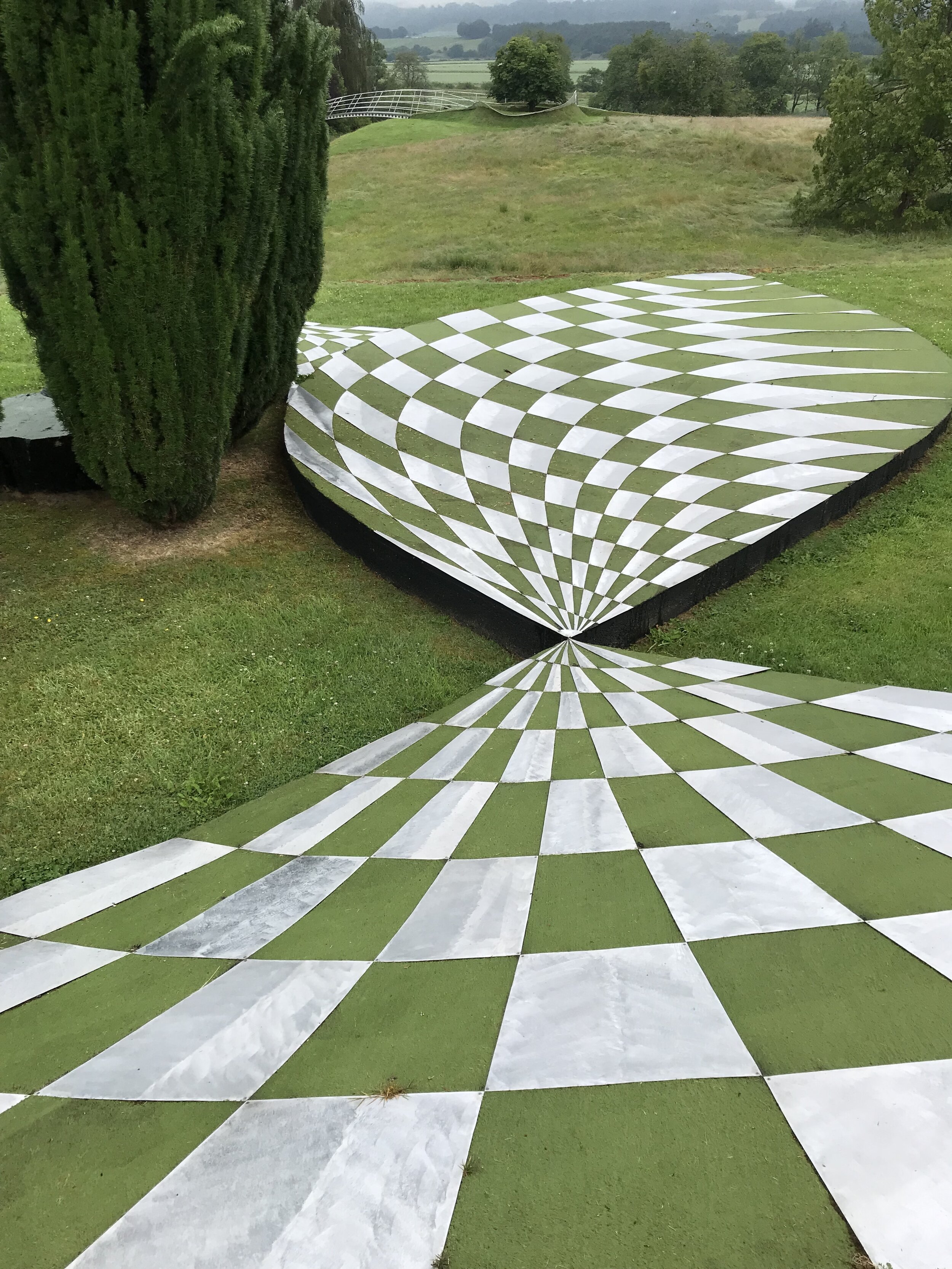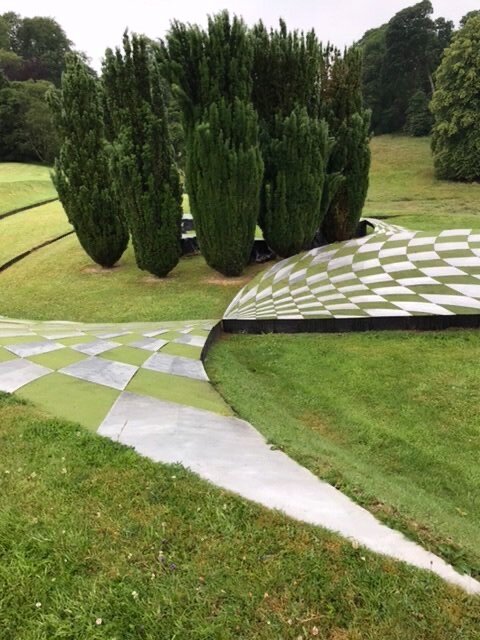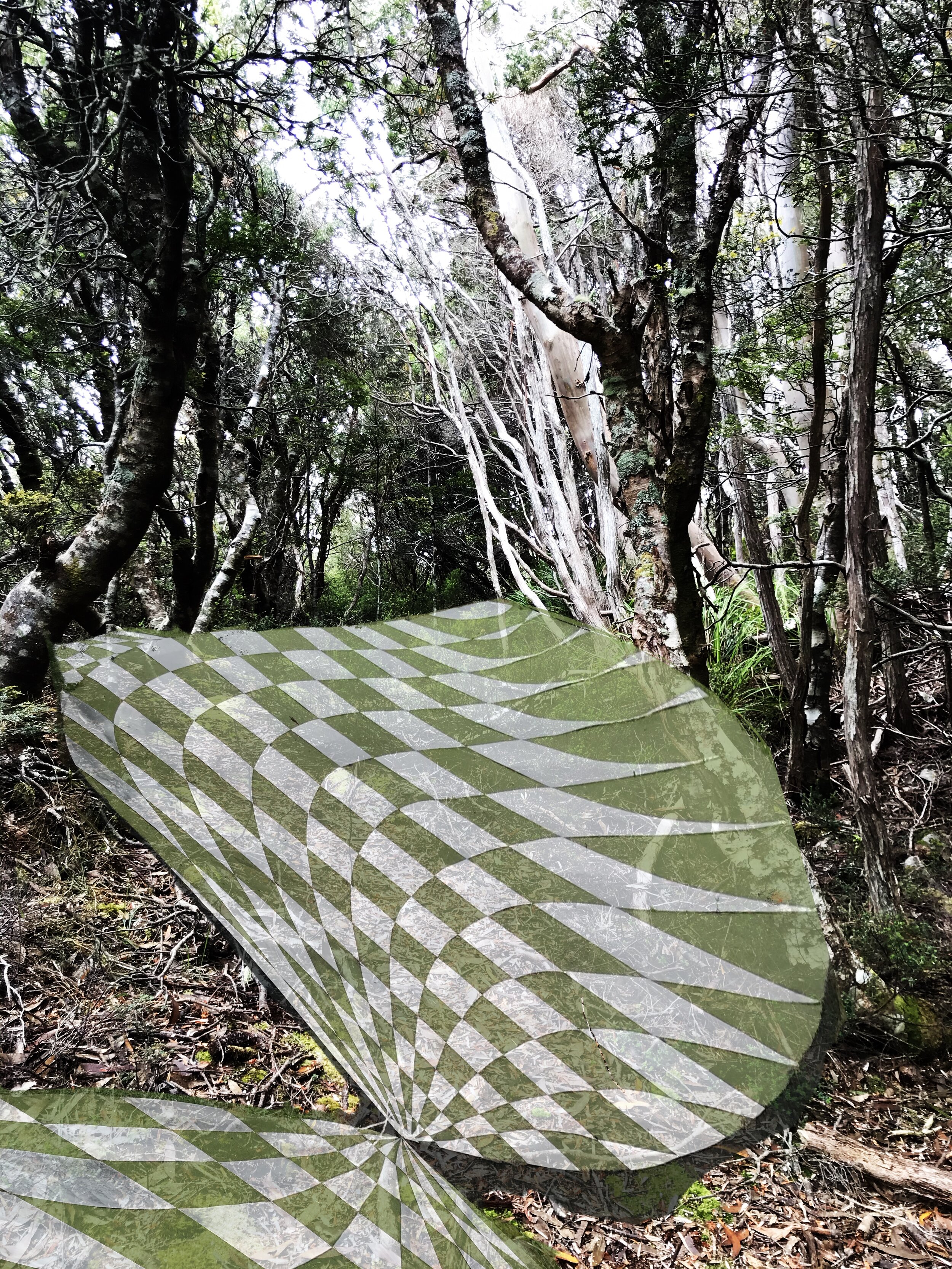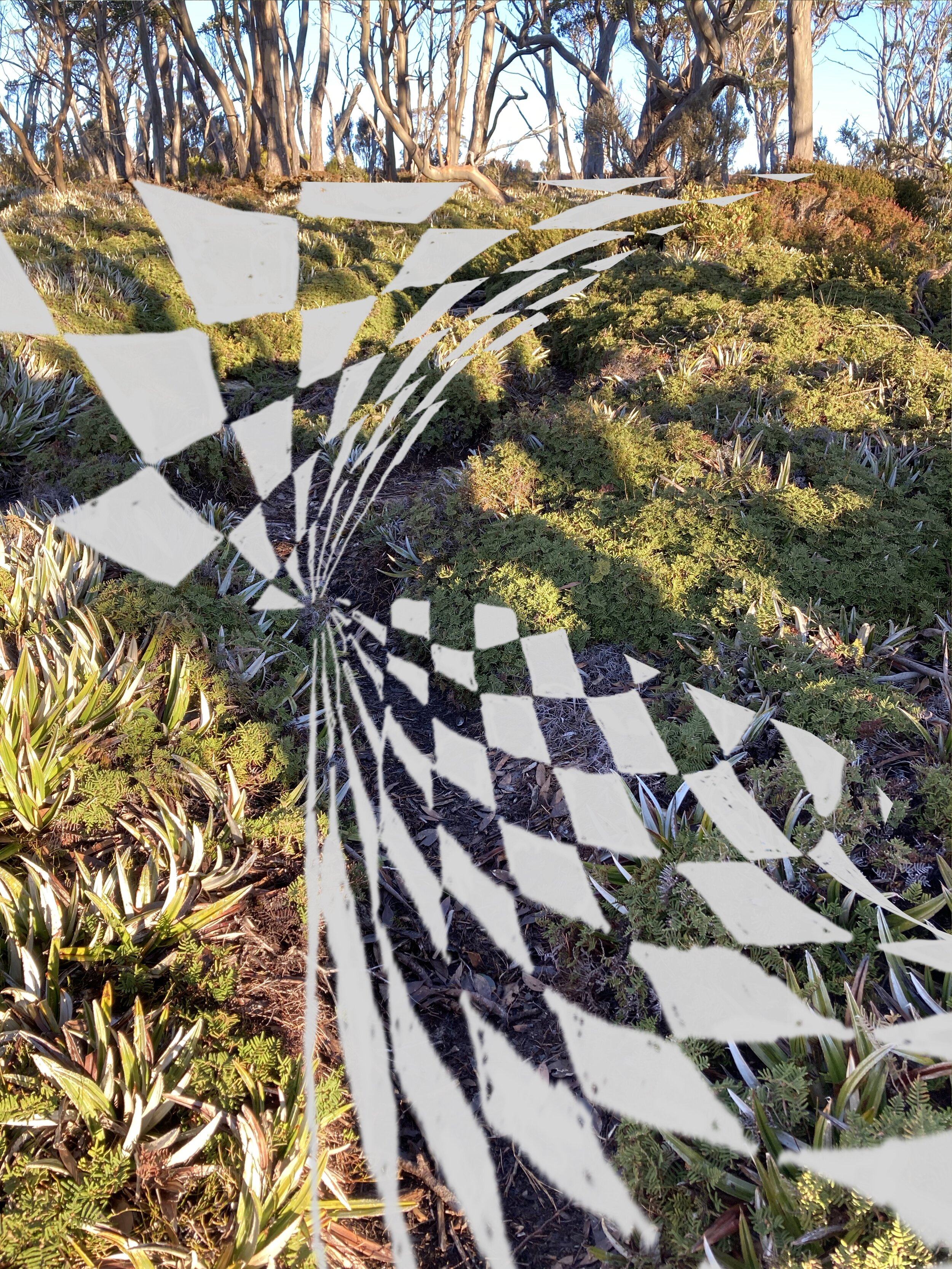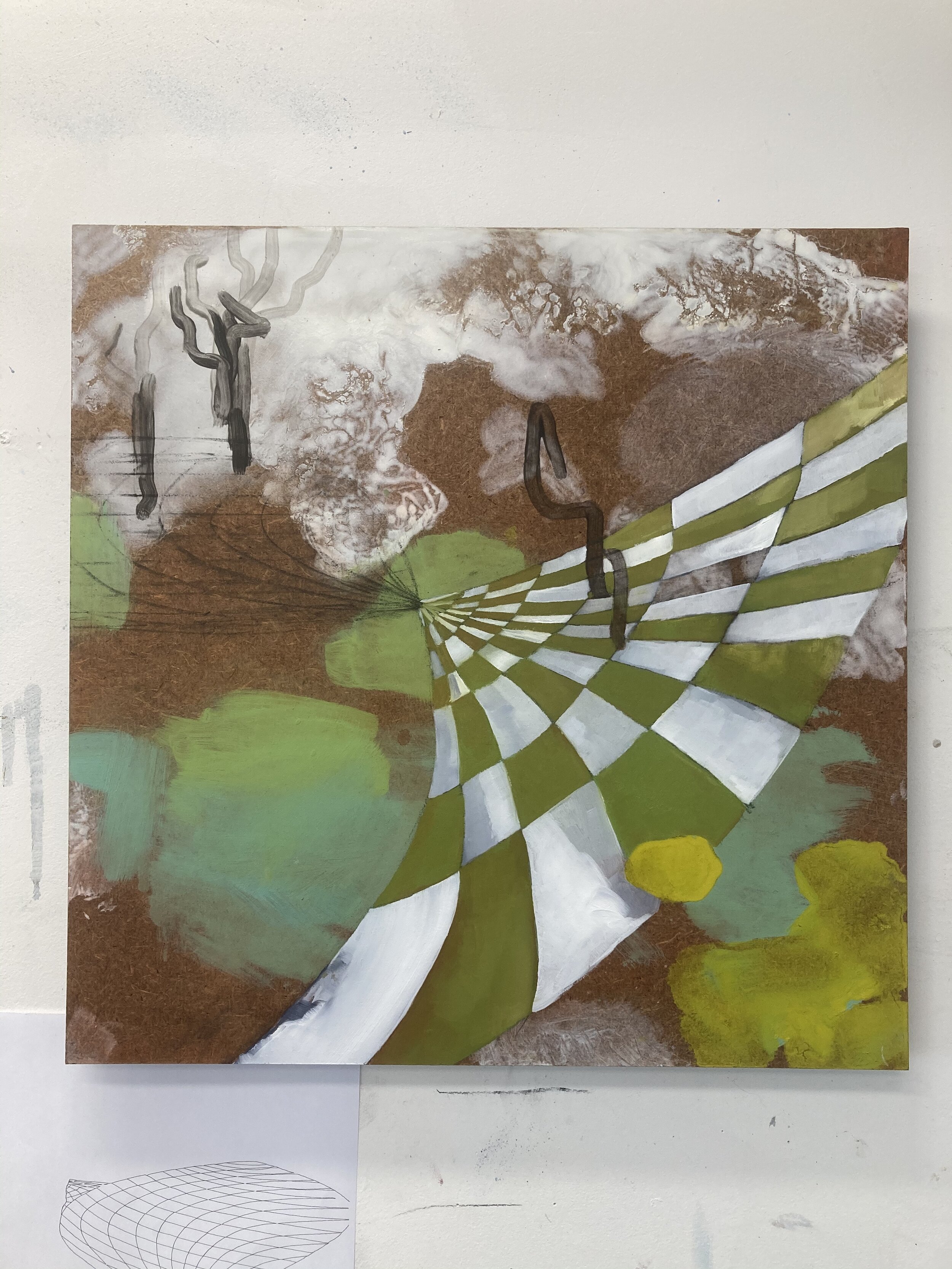Late March early April 2020 I found myself in the unfamiliar space of not having an eminent project to focus my attention on. Sure I had chores and distractions that constantly whisper there guilt loaded melody, but for the first time in years I had no specific deadline for an exhibition, teaching engagement or residency, in fact all my “measurable indicators” that validate creative career were profoundly absent. I was in Covid-19 lockdown with no work and no foreseeable opportunities of future work, and to be brutally honest no motivation to hustle for work. The momentum gained from completing my PhD, winning an art prize and embarking on an international and local residencies with subsequent shows were all exhausted. The wave had been pushed to its fullest. I was now wading in the shallow white-water and the idea of paddling back into that tumultuous dark swell was terrifying. I was and probably still am, in that vulnerable space of questioning. Questioning if I have the strength, the ability, the right board, and the most disconcerting, the desire to back into the swell. People had warned me about post PhD burnout, was this it or was this something more universal, Something connected with the liminality of the covid pandemic. A liminality of privilege, where some have the space to re-evaluate and hopefully re-set personal and communal values. And yes the word privilege is weighted and deliberate, as I am convictively aware of my privileged position within this pandemic. Being one of financial security and environmental advantage, owning my own home and studio in small beach community, where fresh produce and clean open spaces are accessible. It was from this platform of uncertainty and to some degree self-evaluation I embarked on the discipline of painting colour charts.
What’s in your hand?
Over the years I have collected a substantial amount of oil paints, different brands and pigments. Some were gifts, some timely scores from Ebay, and some reminders of travels to art shops in exotic destinations rather than dust collecting souvenirs. Ownership of these treasures was more about feeding my ego than serving my painting practice, they held mysteries and potentials I was yet to realise. I was ignorant of their character and coverage. I’m ashamed to say I was more of a hobbyist collecting the latest and greatest then a craftsman understanding the nuances of their materiality. Sure I had my tried and true, my faithful friends of Indio, Sap and Brilliant Green, Cold Brown Oxide, French Ultramarine and a bit of Quinacridone Magenta and Diarylide Yellow to pack a punch but the rest of this latent investment remained dormant. Coming off the back of a few fast and furious residencies where I had to launch myself within the environment and quickly produced work that reflected captured the fragility, uniqueness and experience of those environments I was at a loss. I was no longer able to walk and emerge myself in the experience…. I was now confined to the familiar, the static, the loneliness of my own environment, the studio. Normally the studio space is a refuge, a place to consolidate my thinking and reimagine the environment I have just visited. I have worked small and fast, with lashings of thin volatile medium so as to dry fast and capture the fluidity and fleetness of the moment. But now time has changed its rhythm, it is paused and measured, consequently my approach and application of paint has shifted. Its only now as I actually try and articulate with words what’s been happening in paint that I can see the shift.
There have been a few images brewing from encounters I have had over the last twelve months that I have known I need to paint and explore. I have been sitting on them for a while, they are not quick works. There is a weight and intellectual substance behind them that demand respect, so I have waited. I first became aware of the Garden of Cosmos Speculation about six years ago. There was something so profoundly spatially transformative within the natural environment of a garden that challenges the idea of dimensions and earthly perspective. The installation labeled black hole has teased me for years, even though I had only seen it via internet images. Then in 2019 I finally had the opportunity to visit this incredible site created by the late Charles Jenkins at his family home near Dumfries, Scotland. Even though its been over a year since that experience I am only now starting to unpack the impact that exchange has had on my perception of space and painterly mark making tool we call edge. It was in this profound landscape proposition labels the black hole the edge is showcased into alternative perspective.
It is only now that I can see the links of these edges to the edges formed when constructing the colour charts, the charts in some respects being purer and more abstract due to there striping back to basic elements. I’m reminded of a comment I heard Hisham Marta say about the complexity of meanings embedded within the 15-17th century work of the Sienese Schools who were restrained in subject matter due to the patronage system. Commissions only supported a narrow range of subject matter, like the Madonna and child. What Marta discovered by repetitive viewing of these paintings was that within this constraint there was great freedom and inventiveness embedded within work. A speaking of the mundane and the intensity of passion within the ordinary, like a parent and child’s relationship as a touchstone for the intangible divine encounters. Can this also be true of simple colour chart experimentation, one pigment mixed with another with varying chromaticshifts and then there corresponding with tonal shifts. Is there potential for the limitations and repetitive nature of this almost devotional exercise to reveal something beyond the alchemy of the pigments relationships.
The first 3 images are of the ‘black hole” in The Garden of Cosmic Speculation. Responding to that form I wondered how it would translate into the less controlled Tasmanian landscape. The above images are digital mock ups of the black hole superimposed in the untamed bush land of Cradle Mountain and Mt Field N.P. while the 3rd image isa snapshot of a stripped back painting combining the two forms.


